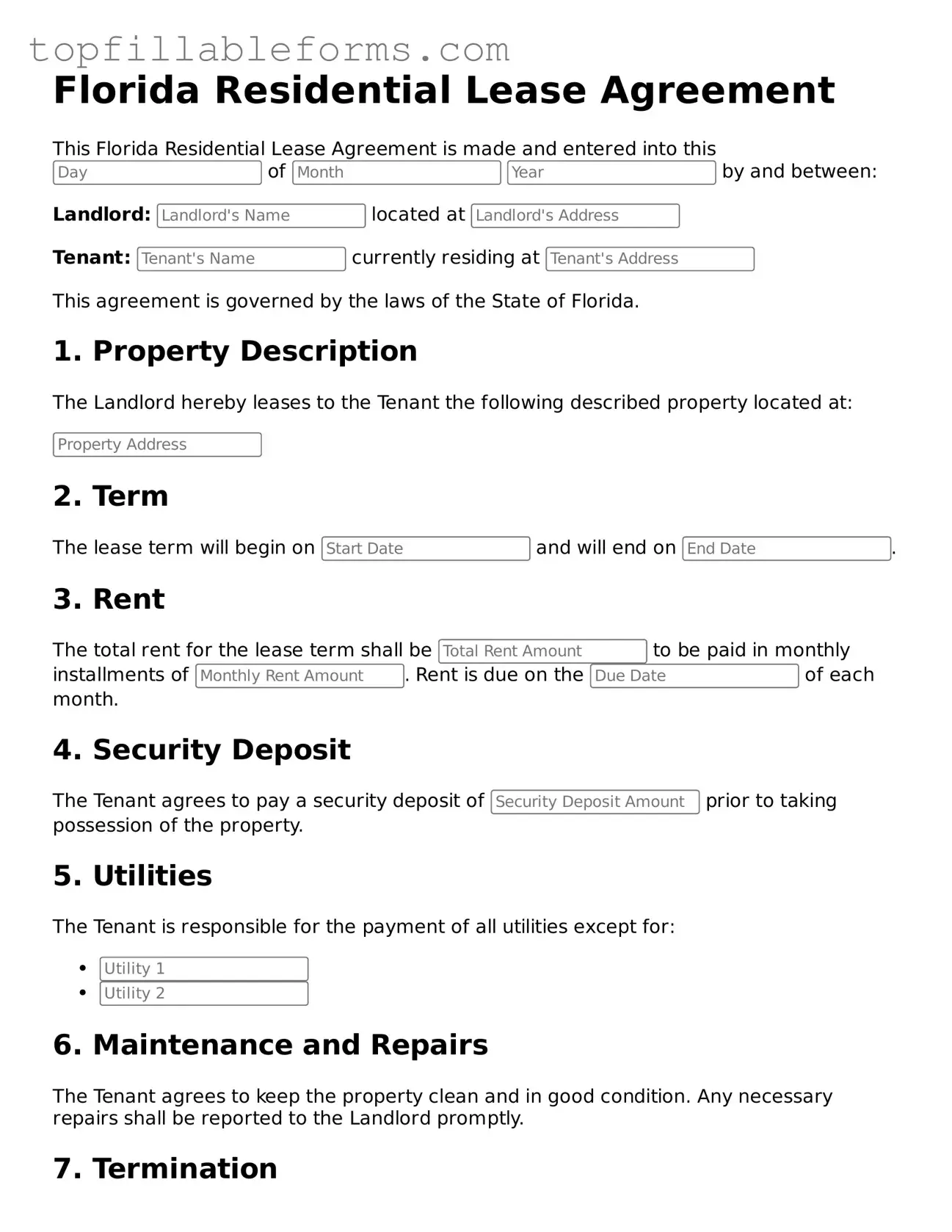Attorney-Verified Lease Agreement Template for Florida
A Florida Lease Agreement form is a legal document that outlines the terms and conditions between a landlord and a tenant for renting residential or commercial property. This form serves as a binding contract, ensuring both parties understand their rights and responsibilities. It is essential for protecting the interests of both the landlord and the tenant throughout the rental period.
Open Lease Agreement Editor Here
